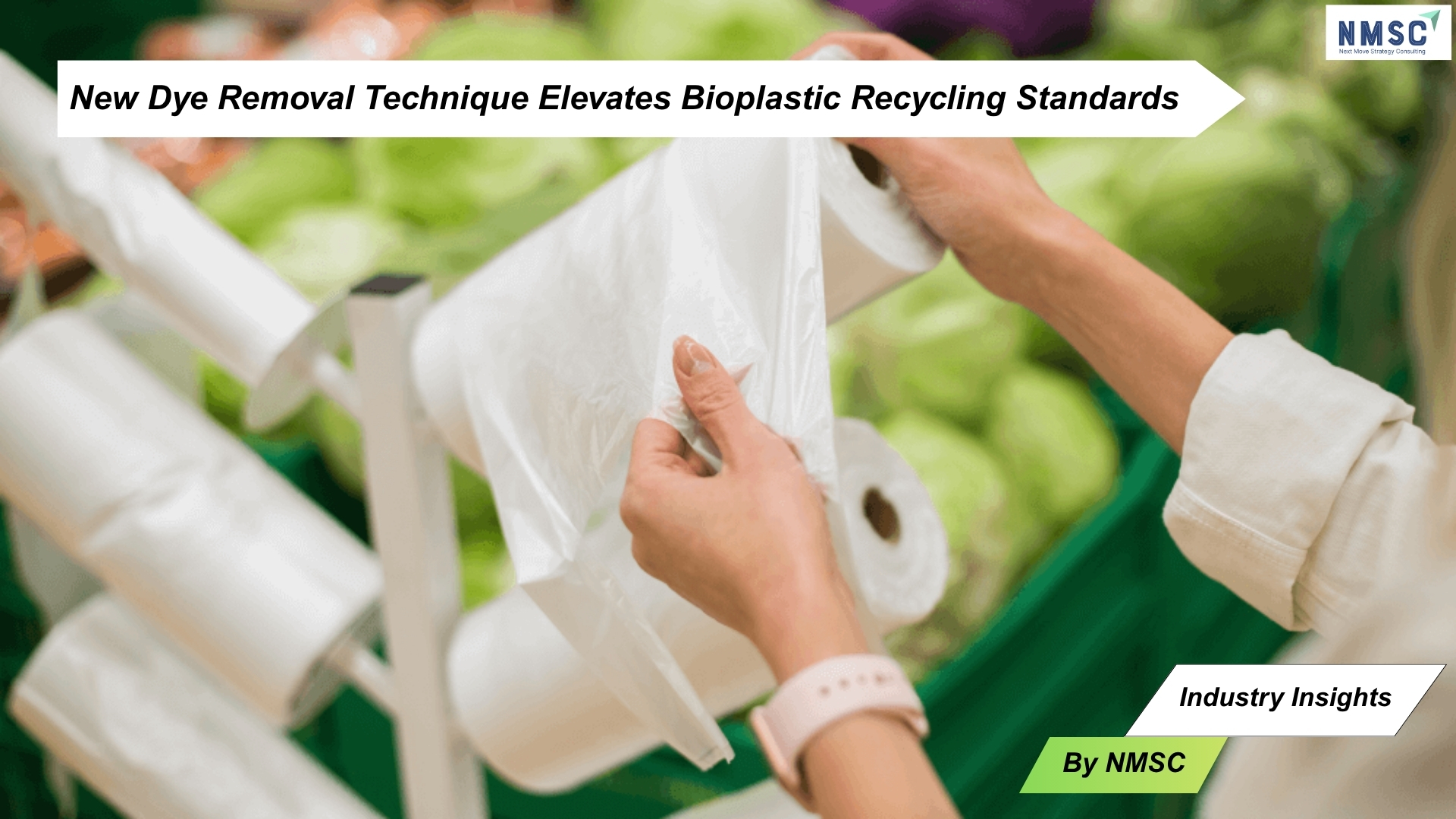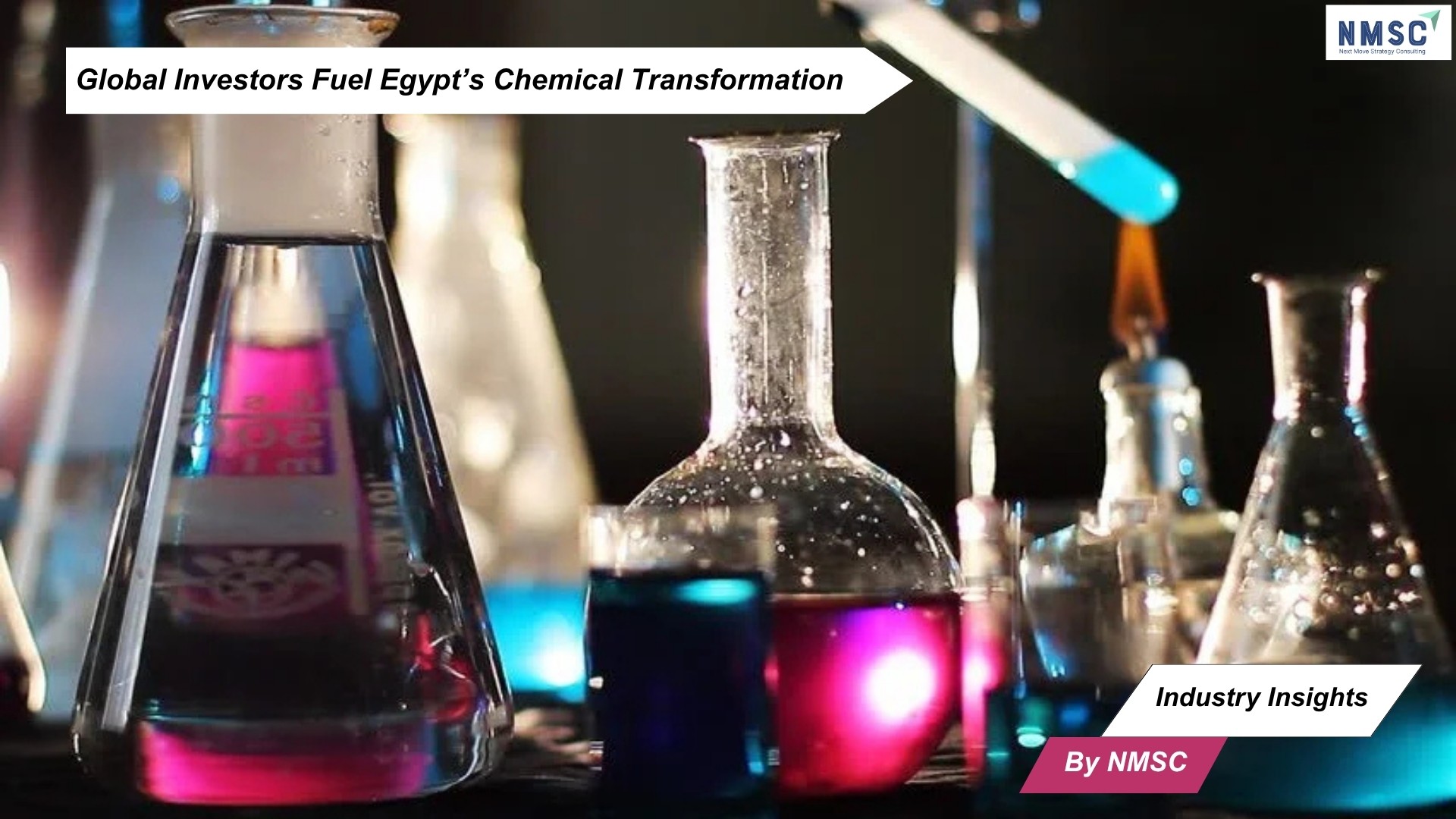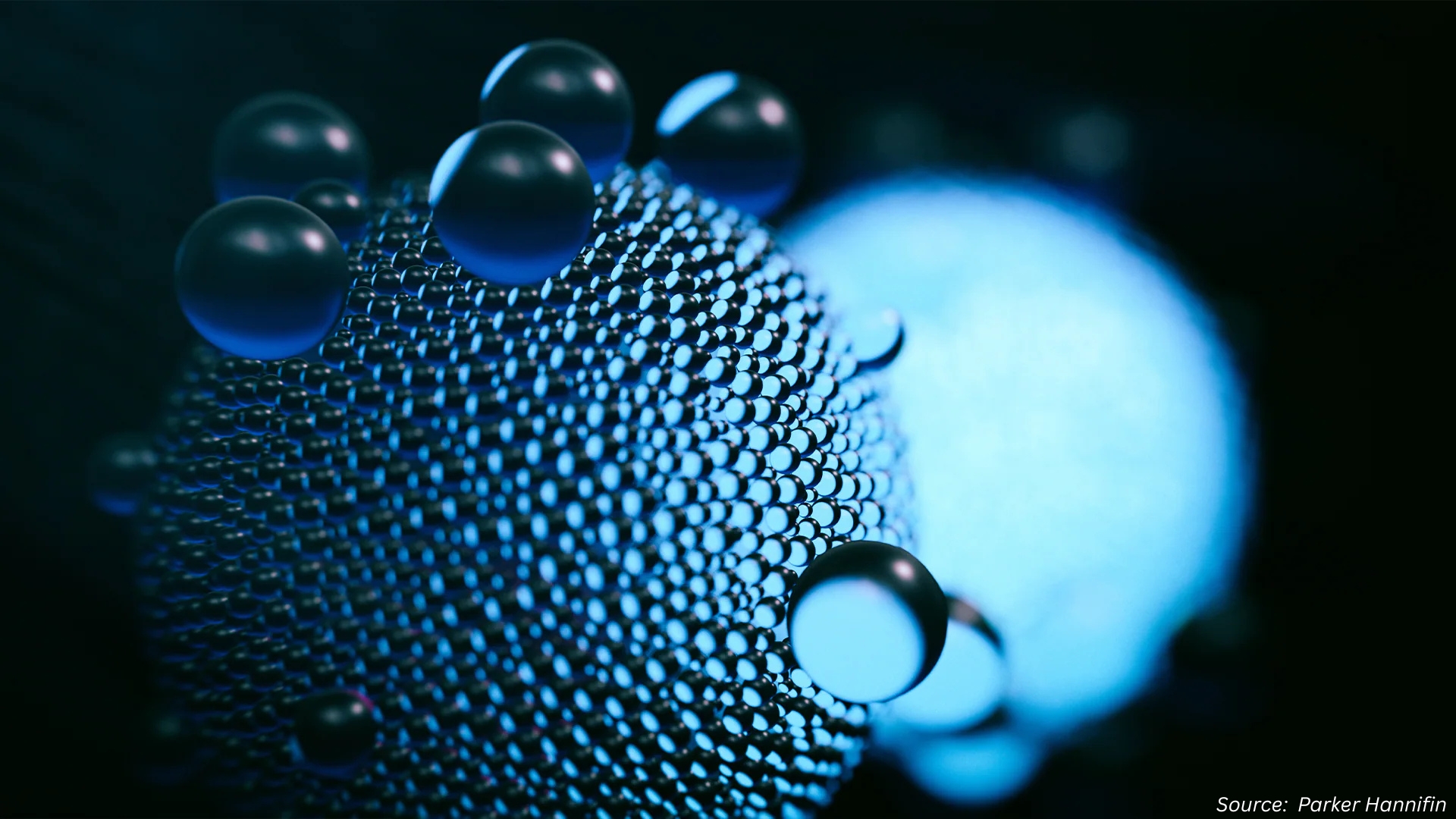New Dye Removal Technique Elevates Bioplastic Recycling Standards
Published: 2025-08-07

Industry Insights from Next Move Strategy Consulting
Plastics are a major contributor to global pollution, persisting for years in both terrestrial and aquatic environments. However, a recent breakthrough published in ACS Nano introduces a new kind of cellulose-based plastic that could help change this. By combining a cellulose polymer with citric acid and squid ink, researchers have developed structurally colored plastics that not only rival the strength of conventional plastics but are also derived from natural, biodegradable materials and can be easily recycled using just water.
Tackling the Color Barrier in Bioplastic Waste
While bioplastics offer an eco-friendly alternative to traditional polymers, their widespread recyclability has been hampered by the presence of dyes and colorants. These additives, often introduced for branding or aesthetic appeal, create significant hurdles in the recycling process by contaminating material streams and compromising the integrity of reprocessed products.
The technique not only preserves the quality of the recovered polymer but also enhances the feasibility of bioplastics within industrial recycling systems.
“This method gives us a clean slate,” notes the research team. “By stripping away the dyes, we maintain the material’s strength and allow for greater reuse without compromising sustainability goals.”
Core Advantages of the New Recycling Approach:
-
Improved Recyclability of colored bioplastics, aligning with circular economy principles
-
Non-Degradative Process, preserving the mechanical properties of the recycled polymer
Driving Sustainable Innovation in Packaging
Bioplastics have long been touted as a sustainable solution for reducing plastic waste. However, contamination from colorants has remained a technical bottleneck. This advancement offers packaging producers, especially those using colored bioplastics for branding, a pathway to meet both performance and environmental benchmarks.
Strategic Implications for the Bioplastics Industry
By removing one of the key barriers to efficient recycling, this technique enhances the material’s commercial viability and supports industry-wide efforts to meet sustainability targets.
As pressure mounts for greener alternatives and more responsible waste management, breakthroughs like this one signal a new chapter for biodegradable materials — one where color no longer hinders the promise of true recyclability.
Source: https://phys.org/news/2025-07-biodegradable-plastic-vibrant-dyes-pigments.html
Prepared by: Next Move Strategy Consulting
















Add Comment